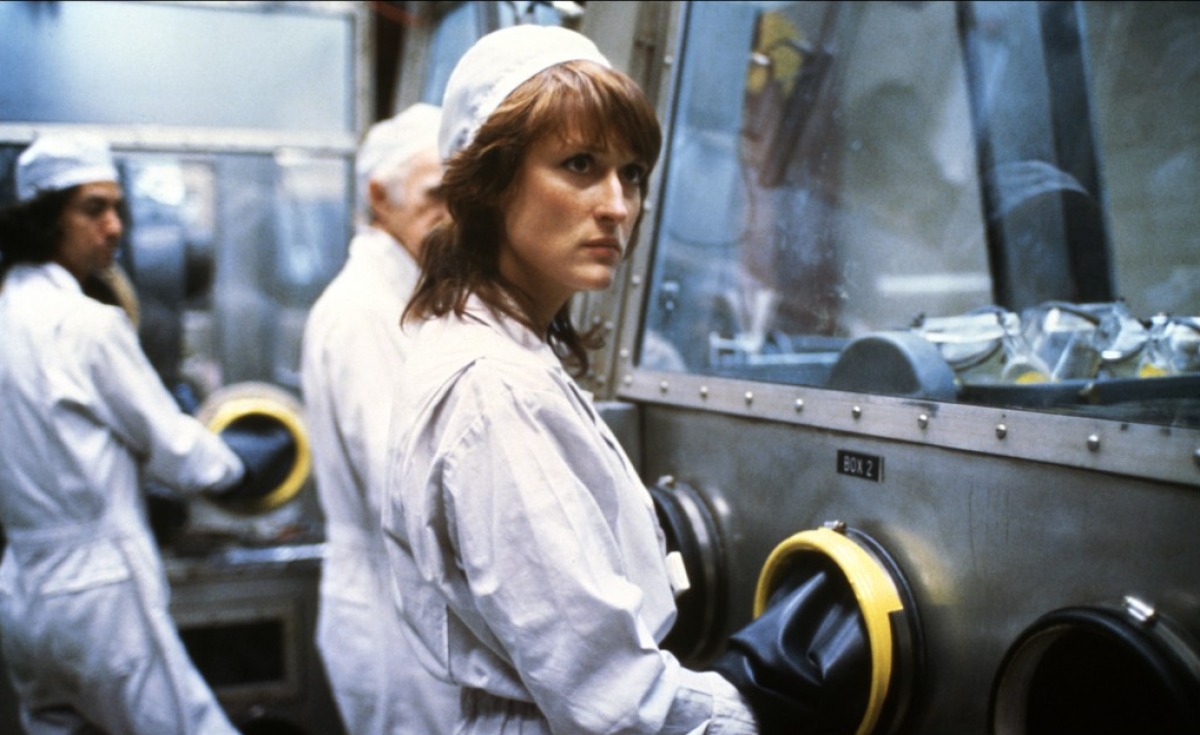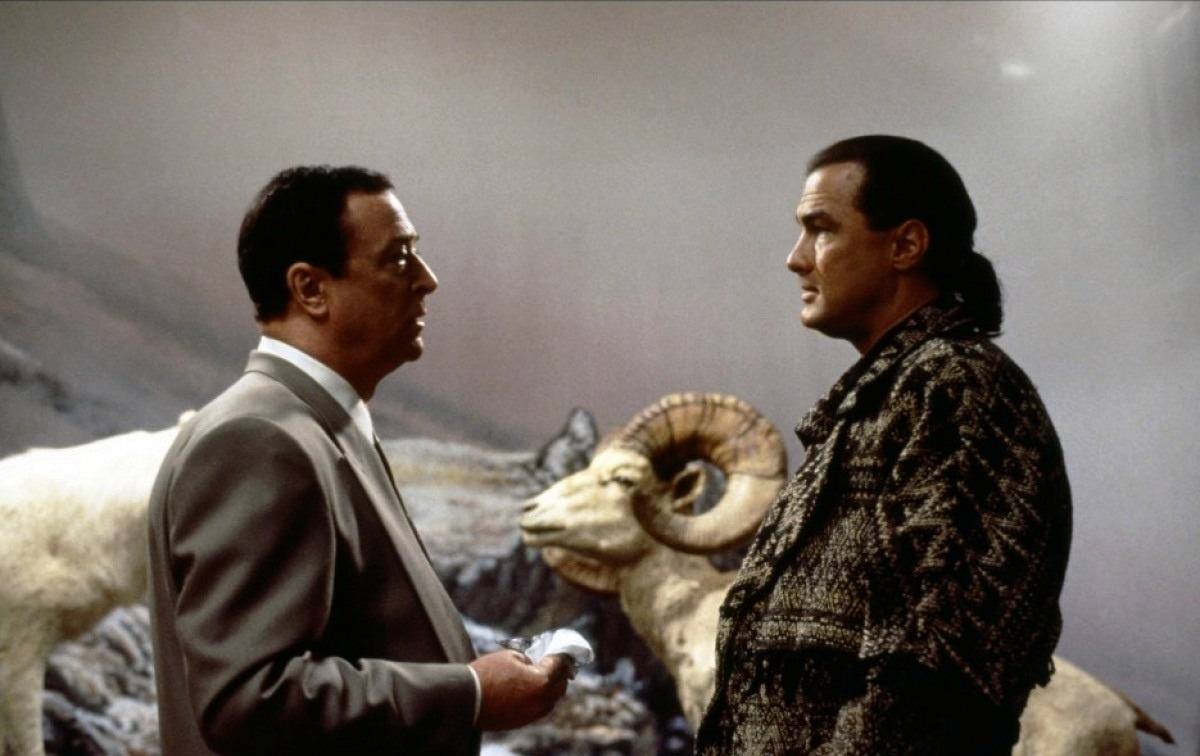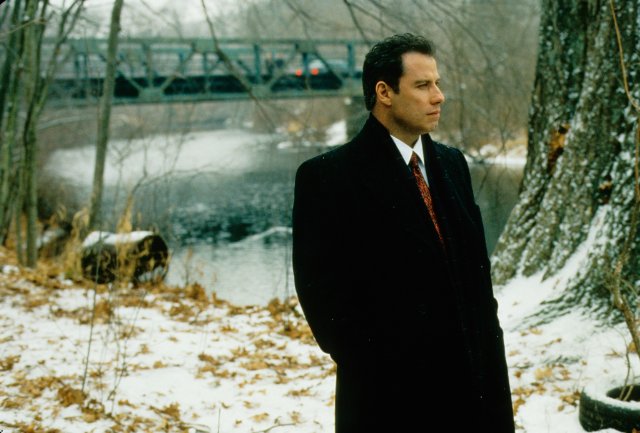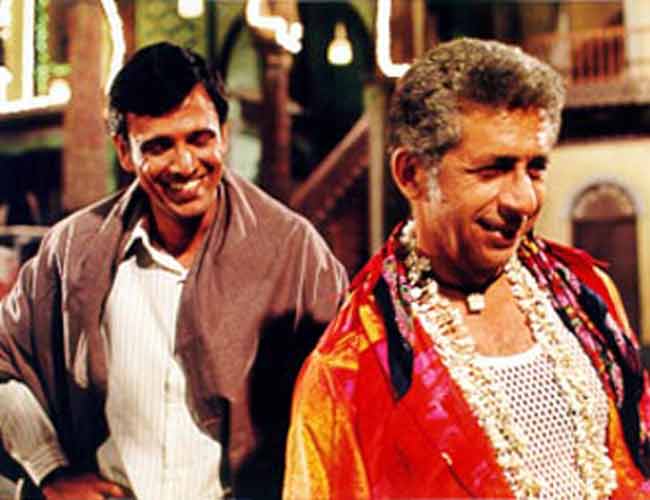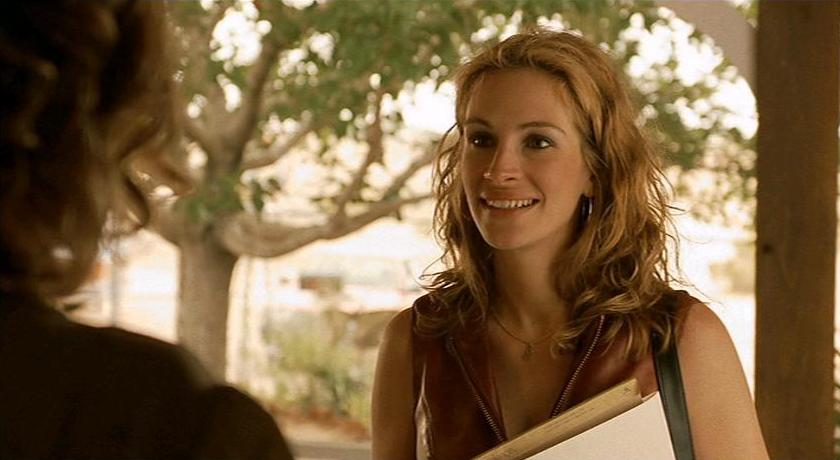7. Silkwood (Mike Nichols, 1983)
When listing the best environmental feature films of all time “Silkwood” is a must…and for good reason. It is based on the real life story of Karen Silkwood. The movie is fairly accurate and stars Meryl Streep as Karen Silkwood, a metallurgy worker at a plutonium processing plant who was purposefully contaminated, psychologically tortured and possibly murdered in order to be prevented from exposing the blatant worker safety violations at the plant.
At first, Karen becomes suspicious after a couple of her colleagues are contaminated on a daily basis because the required precautions have not been taken. Poverty determines the workers not to speak out against the work conditions and so they accept their fate for a little money in their pocket.
After becoming contaminated herself, Karen is determined, more than ever, to uncover what she knows to the press and the public opinion. Sadly, she mysteriously disappears just on the eve of her meeting with the “New York Times”. To this day, nobody knows what has happened to her. The film made quite an echo after its release lending a helping hand in raising awareness of the nuclear dangers of the everyday man.
8. On Deadly Ground (Steven Seagal, 1994)
Ok, so “On Deadly Ground” is not a great film. It is not even a good film, but it is on this list because it came out in the early 90’s when environmental awareness was finally taken seriously. The fight for a cleaner environment transcended into the non-niche forms of art such as cartoons (“Captain Planet” was a very important and popular cartoon show that made a huge impression on the children of the 90’s) and action films.
The action genre spoke out against pollution through the Steven Seagal vehicle “On Deadly Ground”, which also featured Michael Caine. The film might be corny or cheesy, but it does – nonetheless- deliver a very powerful ecological message through the efforts of Seagal’s character (Forrest Taft), to protect the locals of a small American town from the toxic fires caused the oil corporation.
9. Safe (Todd Haynes, 1995)
“Safe” is not really an environmental film but then again it’s not doesn’t really belong in any genre; it’s one of those special films that comes out once in a while. It does not deal with the endless fight of protecting the environment but more with the effects chemicals and pollution on the average citizen.
This is the case with Carol White (Julianne Moore) – a seemingly unremarkable homemaker – who develops what is known as the “Twentieth-Century Disease”, a multiple chemical sensitivity. Her body is rebelling against the overload that her immune system has to deal with, as she is continually exposed to all of the chemicals that we inhale, ingest, and absorb daily.
The pollution in our air, pesticides on our food and toxins in our water, are collectively overwhelming her defense system. The ubiquitous sprays, creams and emollients used to beautify have become deadly poisons to her.
Despite all this, the audience does not find itself rooting for Carol, because they are never sure about each character’s hidden agenda. Seemingly, a timid, frightened pawn, overwhelmed by her condition, Carol just might have bigger problems of the psychological matter. Carol does not want to fight those responsible for the chemicals making her sick because that would mean to fight the 20th century. In truth, she doesn’t really know what she wants other than to be safe.
10. Princess Mononoke (Hayao Miyazaki, 1997)
This animated film from anime master Hayao Miyazaki was a huge success with Japanese audiences. This came as no surprise as it was heavily inspired from Japenese folklore. A huge surprise came from the fact that it was a massive success all around the world and it ignited a resurge of interest for Japanese anime. The film takes place in Japan and stretches between the 14th and the 16th century; it also incorporates a Japanese folk tales and a lot of fantasy elements.
The story follows the young Emishi warrior Ashitaka’s involvement in a struggle between forest gods and the humans who consume its resources. “Mononoke” is a Japanese word for a spirit or monster. Ashitaka is infected with an incurable disease by a possessed boar/god. He is to die unless he can find a cure to rid the curse from his body. It seems that his only hope is to travel to the Far East to get help from the deer god. This is where the story takes an environmental direction.
Ashitaka finds himself in the middle of a battle between the animal inhabitants of the forest and an iron mining town that is exploiting and killing the forest. Leading the forest animals in the battle is a human raised by wolves, Princess Mononoke. As expected, Ashitaka falls in love with Princess Mononoke but can their love survive in a world that seems to be coming to an end?
11. A Civil Action (Steven Zaillian, 1998)
“A Class Action” is a very important film for the environmental struggle but is also very dark and gritty when referring to the outcome of this struggle. The film is a based on the non-fiction book of the same name and the situation presented is, unfortunately, very much real. The story begins with a focus on cocky and tenacious lawyer Jan Schlichtmann (John Travolta), who will use any means necessary to win a case and put money into his pocket.
One day, he takes on a case that he thinks will be an easy stretch and will bring him fame and fortune. The case regards the families of a couple of deceased children, who want to sue a giant food conglomerate because they believe the company is responsible for poisoning their children and afflicting them fatally with cancer.
However, this just might be that case that Jan cannot win. Not only that, but the case is liable to ruin Jan in more than one way: his pride, his ambition, and ultimately, his career. As the pressures of the case begin to take their toe on both the prosecution, the defense, as well as the families, Jan is about to realize that he has taken on the biggest case of his life, and there is a price to pay.
Travolta does a very good job in portraying the cocky lawyer that slowly begins to show his human side and Robert Duvall is outstanding as the cynical lawyer representing the food corporations that doesn’t give a damn about what’s right and wrong. Unlike Jan, he just wants to win the case without getting personally involved.
12. Bhopal Express (Mahesh Mathai, 1999)
There aren’t enough films, unfortunately, to raise awareness about all the environmental accidents happening in the world that are slowly killing our planet. The Indian film “Bhopal Express”, explores the human drama caused by the infamous gas tragedy in Bhopal that took place in 1984, but also points an accusing finger at the irresponsible methods of large corporations. These are the corporations that are too greedy to think about the consequences of their actions on the common citizen.
The night of the tragedy, poison gas clouds from the Union Carbide factory enveloped an arc of over 20 square kilometers killing over 8,000 people in its immediate aftermath and causing multi-systemic injuries to over 500,000 residents. This horrific accident is told through the eyes of a newlywed couple and their friends as they try to pick up the pieces in the aftermath of the catastrophe. “Bhopal Express” is a disturbing film to watch but ultimately necessary in order for people to open their eyes.
13. Erin Brockovich (Steven Soderbergh, 2000)
“Erin Brockovich” is the “Silkwood” of the 2000’s. The film – based on real events – managed to cross-over from the niche of environmental films and become a worldwide success thanks to a very intelligent screenplay, the documentary style look given by director Steven Soderbergh and the amazing performance of Julia Roberts in the lead role.
Part environmental film, part biopic, part courtroom drama, “Erin Brockovich” is the story of a single mother of three children, working in a legal office, who encounters the medical records of a local woman who was treated by the doctors of the “Pacific Gas and Electric Company”. In these files, Brockovich finds many community members with similar illnesses, all treated by the same doctors.
This determines her to begin an unwinnable fight against the corporation, in which to reveal a decades-long corporate cover-up of pollution and ensuing health problems. Apart from its obvious environmental theme this enlightening film speaks about the triumph of a unique individual whose determination, empathy, and sense of moral duty ultimately outweighs her abrasiveness and lack of social graces.
